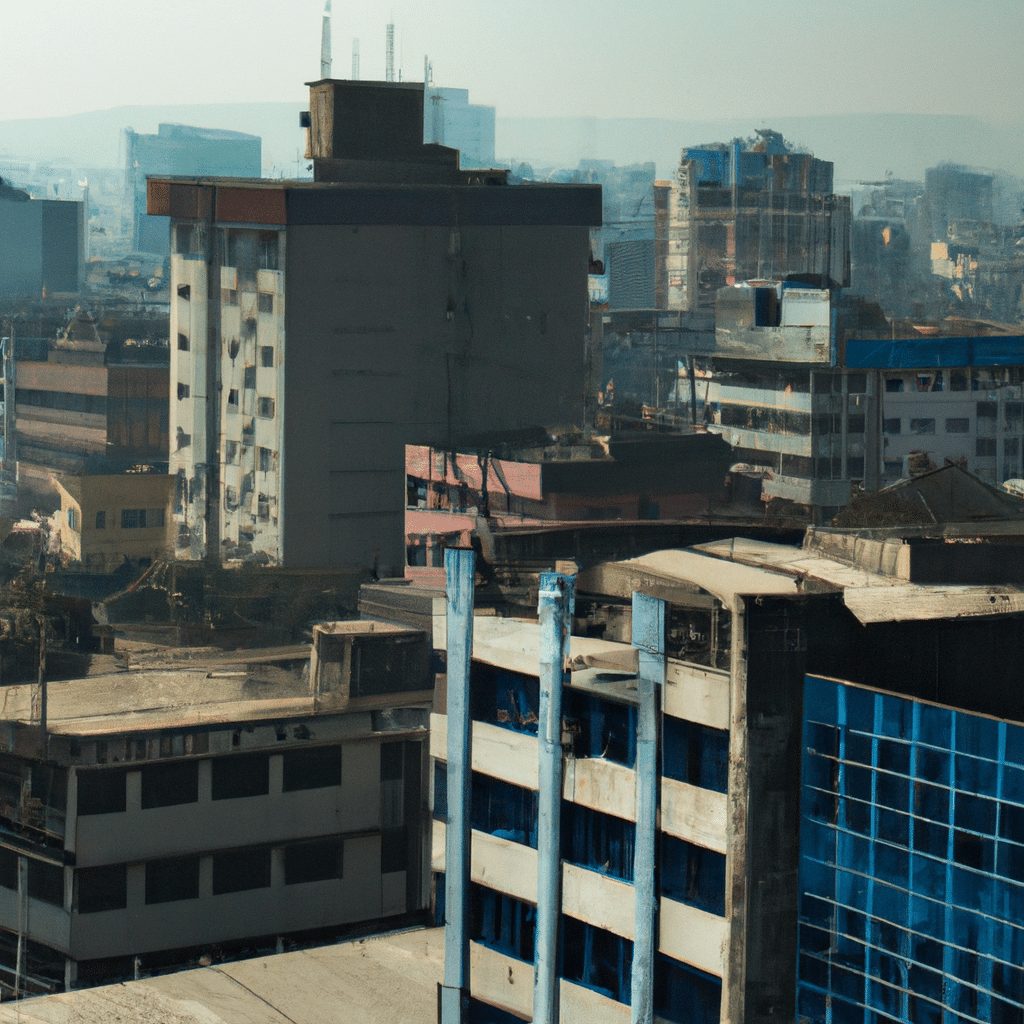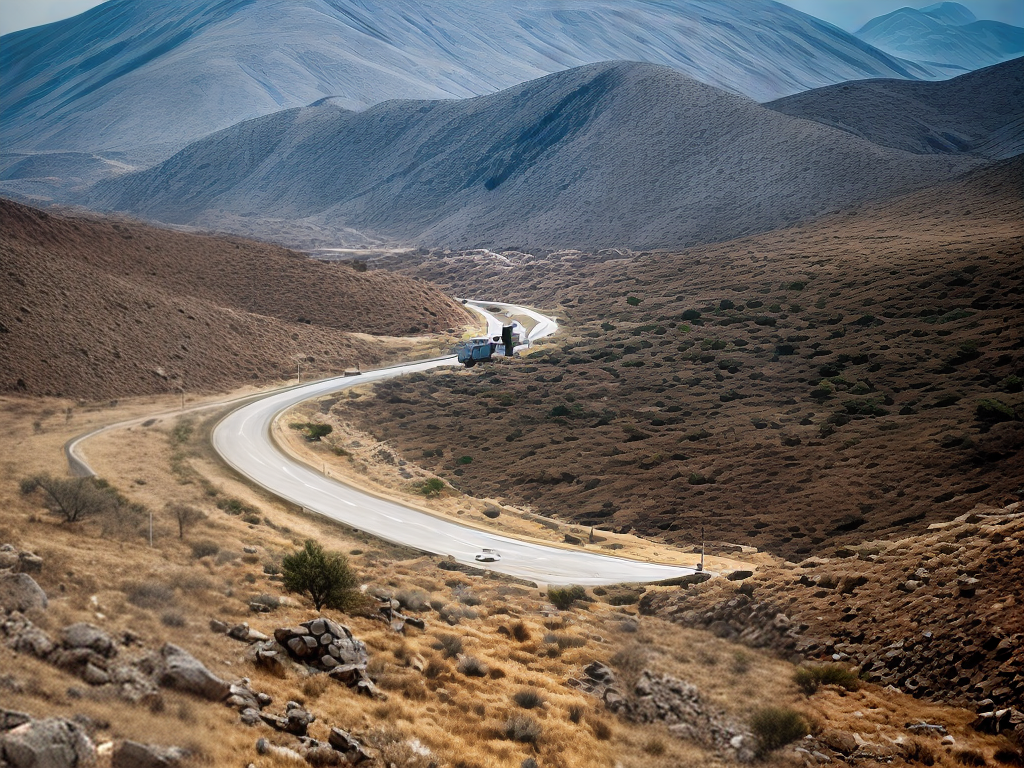
In today’s rapidly changing world, urban planning plays a vital role in shaping the future of cities. One of the most challenging aspects of urban planning is dealing with border areas, especially in cities that have been divided by political, social, or cultural factors. These divided cities often face unique challenges that require innovative and inclusive urban planning strategies to transform them into integrated and cohesive communities. In this article, we will explore the concept of urban planning in border areas and discuss various approaches to overcome the divisions and foster unity.
Understanding the Challenges of Divided Cities
Divided cities present numerous challenges that need to be addressed through urban planning interventions. These challenges may include physical barriers, such as walls or checkpoints, as well as social and economic disparities between different parts of the city. The presence of a border can create a sense of division and isolation among the residents, leading to a lack of social cohesion and economic opportunities.
Physical Barriers and Infrastructure
Physical barriers, such as walls or fences, can have a significant impact on the daily lives of residents in divided cities. These barriers restrict movement, disrupt transportation networks, and create a sense of separation between communities. Urban planning in border areas should focus on developing infrastructure that promotes connectivity and removes physical barriers. This may involve the construction of bridges, tunnels, or pedestrian-friendly pathways to enhance mobility and facilitate interaction between different parts of the city.
Socioeconomic Disparities
Divided cities often experience socioeconomic disparities between different areas. One side of the border may have better access to resources, services, and job opportunities, while the other side may face neglect and marginalization. Urban planning should aim to address these disparities by promoting equitable distribution of resources and creating economic opportunities for all residents. This can be achieved through the development of mixed-use neighborhoods, the establishment of community centers, and the provision of affordable housing options.
Cultural and Social Integration
Cultural and social integration is crucial for transforming divided cities into integrated communities. Urban planning should focus on creating spaces that encourage interaction, dialogue, and understanding among residents from different backgrounds. This may involve the design of public spaces, such as parks, plazas, and community gardens, where people can come together and engage in social activities. Additionally, urban planning should promote cultural diversity and inclusivity by supporting the establishment of cultural centers and organizing events that celebrate the city’s diverse heritage.
Innovative Approaches to Urban Planning in Border Areas
To overcome the challenges faced by divided cities, urban planners need to adopt innovative approaches that promote inclusivity, sustainability, and resilience. The following are some strategies that can be implemented:
Participatory Planning
One of the key principles of urban planning in border areas is the involvement of local communities in the decision-making process. Engaging residents in participatory planning allows them to have a say in shaping the future of their neighborhoods and ensures that their needs and aspirations are taken into account. This can be achieved through community workshops, public consultations, and the establishment of neighborhood committees.
Green and Sustainable Infrastructure
Integrating green and sustainable infrastructure is essential for creating livable and resilient communities in divided cities. This may involve the development of green spaces, such as urban parks and rooftop gardens, that enhance the quality of life and provide environmental benefits. Additionally, incorporating sustainable transportation systems, such as bike lanes and pedestrian-friendly streets, can reduce reliance on cars and promote eco-friendly modes of transport.
Economic Development and Job Creation
Addressing the economic disparities between different parts of a divided city requires a focus on economic development and job creation. Urban planning should aim to attract investment, promote entrepreneurship, and foster the growth of industries that can generate employment opportunities. This can be achieved through the establishment of business incubators, the revitalization of commercial areas, and the provision of vocational training programs.
Smart Technology and Digital Connectivity
The integration of smart technology and digital connectivity can play a significant role in transforming divided cities into smart and connected communities. Implementing smart solutions, such as sensor-based street lighting and smart waste management systems, can enhance the efficiency of urban services and improve the overall quality of life. Additionally, providing access to high-speed internet and digital platforms can bridge the digital divide and enable residents to participate in the digital economy.
Conclusion
Urban planning in border areas requires a holistic and inclusive approach that addresses the physical, social, and economic challenges faced by divided cities. By promoting connectivity, inclusivity, and sustainability, urban planners can transform these cities into integrated and cohesive communities. Through participatory planning, green infrastructure, economic development, and the integration of smart technology, divided cities can overcome their divisions and thrive as symbols of unity and progress. It is imperative for urban planners, policymakers, and communities to work together to create a shared vision and implement innovative solutions that ensure a brighter future for these border areas.


